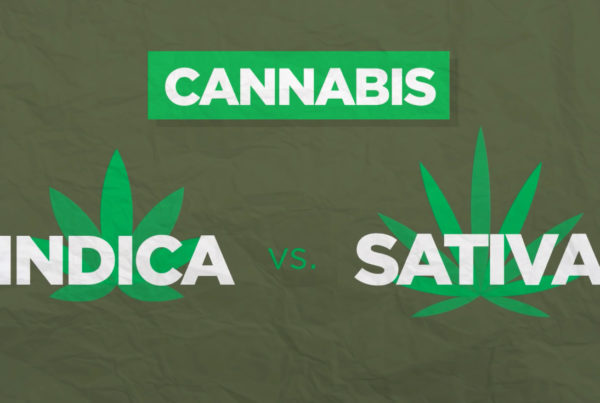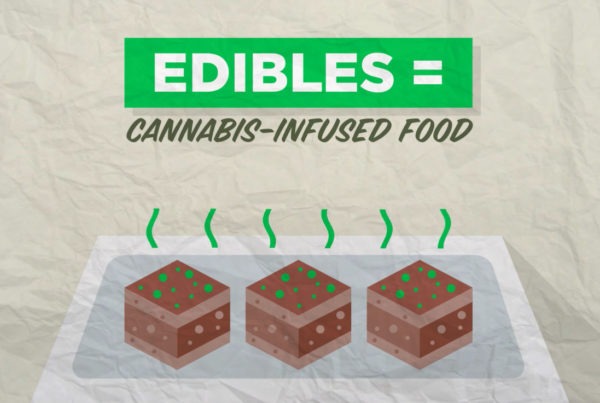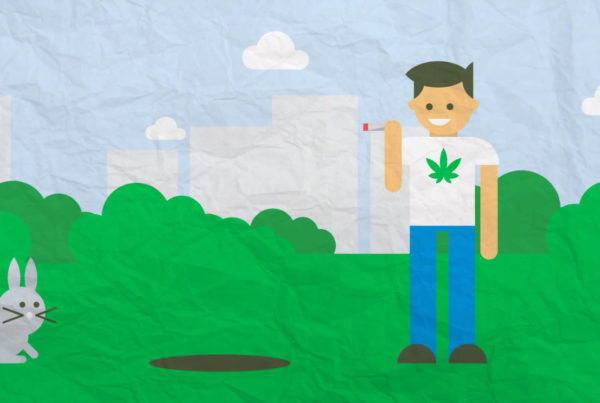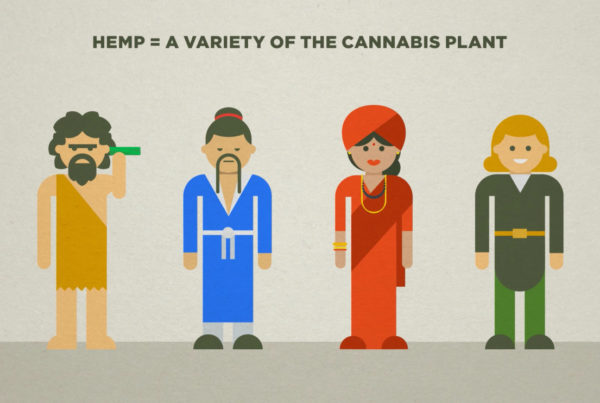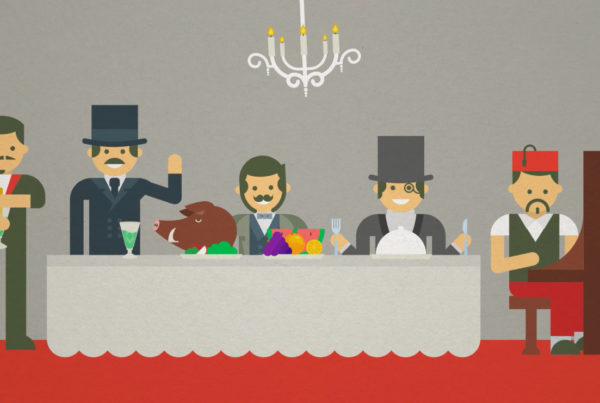In 1951, Congress passed the Boggs Act to establish mandatory minimums for drug offenders. The law, named after future House majority leader Hale Boggs, severely lengthened the average sentence, often by several fold. The Boggs Act also made no distinction between consumers and traffickers, and it marked the first time that cannabis and narcotics were lumped into the same category. By treating cannabis as harshly as heroin, simple cannabis possession required a minimum of two years in prison and as many as five, plus a $2,000 fine. Second offenses increased the minimums to five to 10 years, while strike three jumped to 10 to 20 years. Remarkably, a representative from New York actually called for a 100-year mandatory minimum for anyone selling cannabis or narcotics, which fortunately failed to gain traction. Still, the government came to like mandatory minimums so much that it expanded them further with the Narcotic Control Act in 1956. The latter law increased the minimum to five years for a first offense and 10 years for subsequent offenses.


